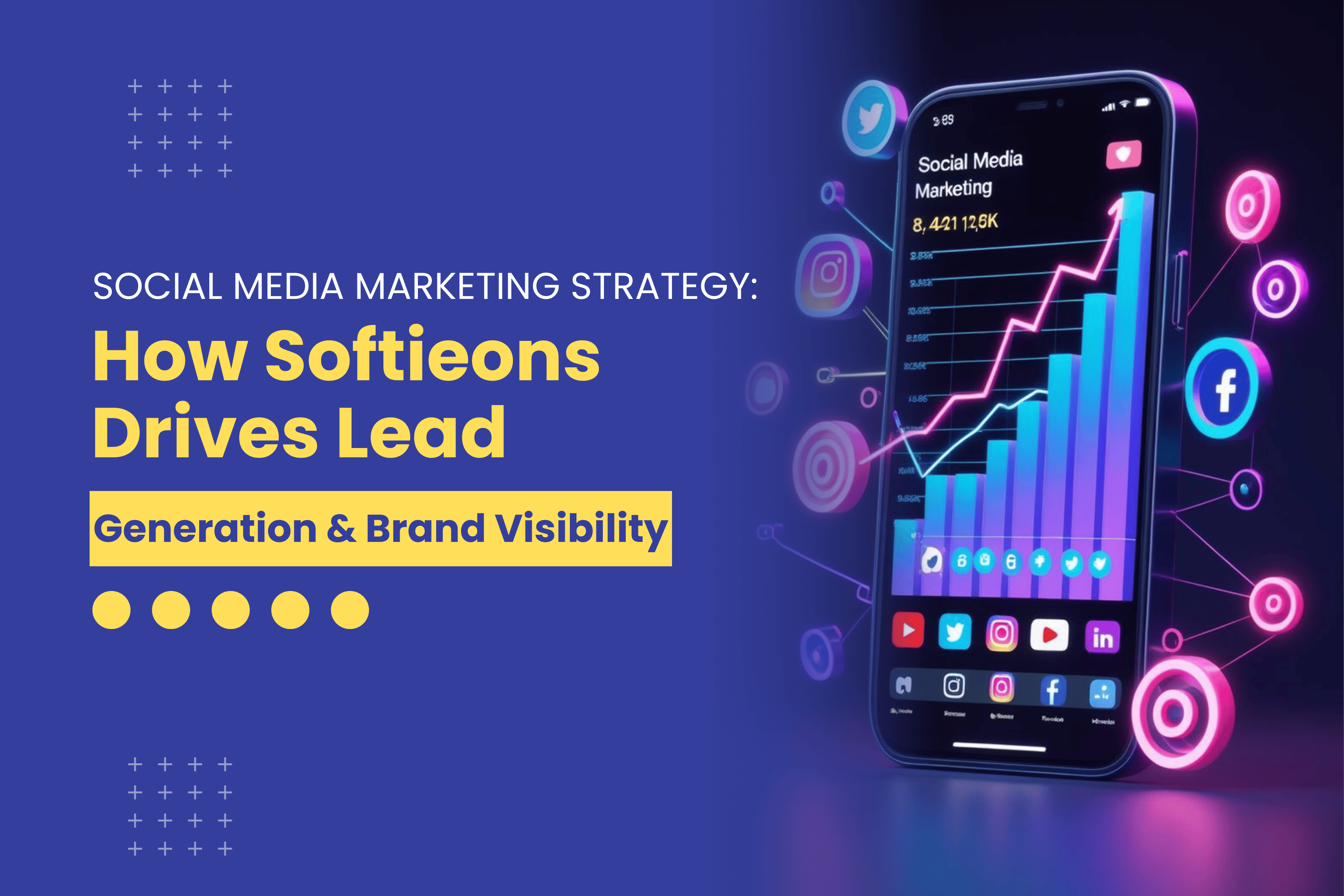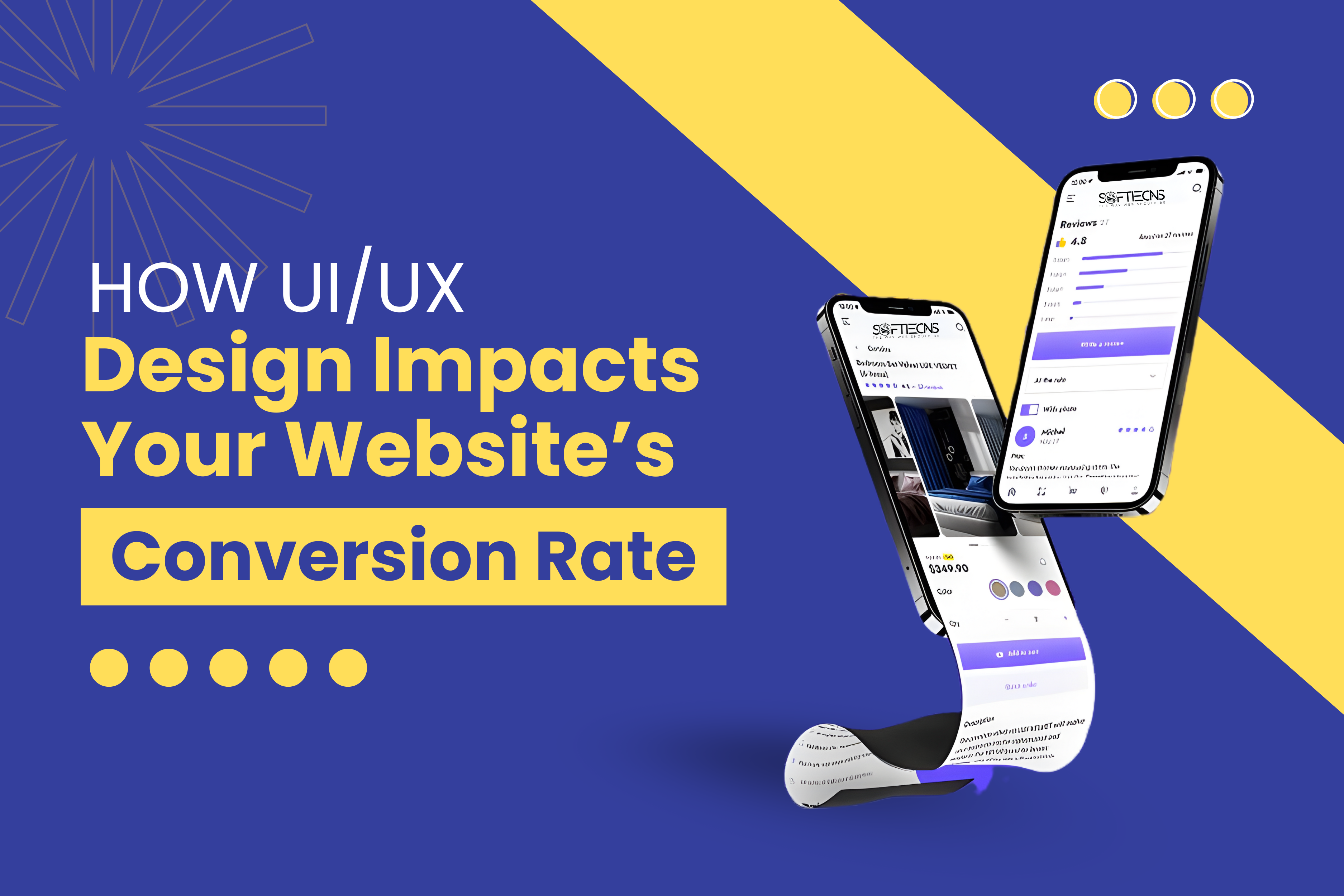How to Create a User-Centered Product Design
Tue, 27 Aug 2024
Success in the competitive market depends on the creation of a product that manages to take good care of the user. User-centered design is the process by which there is assurance at each step of designing a product that the needs, preferences, and limitations of the end user are taken into account. This will enhance user satisfaction since it will ensure that the product will be functional and pleasurable to use. It considers a process of developing a user-centered design of the product and what Softieons, being an IT professional catering to product design services, has in store.
1. Identification of Users
Deep Understanding of Your Audience: This forms the very base of user-centered design. It calls for in-depth research into research toward understanding user needs, behaviors, and pain points. Such research is then applied, according to Softieons, in the construction of the user personas that guide one through the design. Having firsthand experience of what the users go through helps a person make decisions regarding demands from the real world.
2. Involving Users Early and Often
Softieons obtains feedback from users at the very outset of design through questionnaires, interviews, and usability testing for all phases of product development. This iterative approach makes refinements every time, thus reducing the chances of a very expensive re-design and ensuring that the end product will conformance to the user's expectations.
3. Usability Centeredness
Usability seems to be the biggest factor in user-centered design. It is those products that are easily navigated and understood which bring improvement significantly in satisfaction for users. In the designing process at Softieons, focus is given to making intuitive interfaces for users to engage with the least effort. This comes through simplification of the complicated processes, being easily accessible, and consistency throughout all touch points.
4. Prototyping and Testing
This is one of the most critical stages of a design process where a designer envisions real visions of the product and discovers problems that could occur earlier than usual. Softieons deploys advanced tools and techniques in prototyping at this phase to bring out very realistic models of the product and test it with real-time users. Such a feedback-driven approach takes care of any usability issues before it hits the market.
5. Iterative Design to Continual Improvement
Designing user-centered design does not just end with the launch of a product. Its long-term success lies in incessant updating and improvement of the product w.r.t the user's feedback. Softieons recommends iterative updates to make sure that the product stays at par with the changing user's demand. This good practice of continuous improvement makes sure that the product remains legitimate and competitive in the market.
6. Collaboration and Communication
It's a process of proper communication and collaboration among the designer, the developer, and the stakeholders towards developing a user-centered product. Softieons enables collaboration in a shared workspace where ideas can be exchanged freely and fluently, with due consideration given to every single view. A holistic approach will come out with a product that is going to meet user needs while staying in harmony with business goals.
Conclusion
It is a multi-dimensional process, that spans centuries of user knowledge, continuous feedback, and an unrelenting commitment that goes into designing a user-centric product. The company was formed as an entity for network consulting and later diversified into all areas to venture into IT. Rich in experience with IT companies that put their serving into products that are user-friendly, innovative, and ready for the marketplace is Softieons. This had better places Softieons in designing products that let businesses shine in the market, allowing businesses to be drivers of business success by putting the user at a central point during design processes.
POPULAR POSTS
Shopify vs. WordPress: Which one is best for e-commerce?
Wed, 07 Apr 2021Role of IoT in the Real Estate Industry
Wed, 14 Apr 2021Why UX And UI Is Important For Mobile Application Development
Sat, 01 May 2021Telemedicine's Advantages in Nursing Homes
Fri, 24 Dec 2021RECENT POSTS
Title: Run Your Entire Real Estate Business From Your Phone
Fri, 12 Dec 2025









